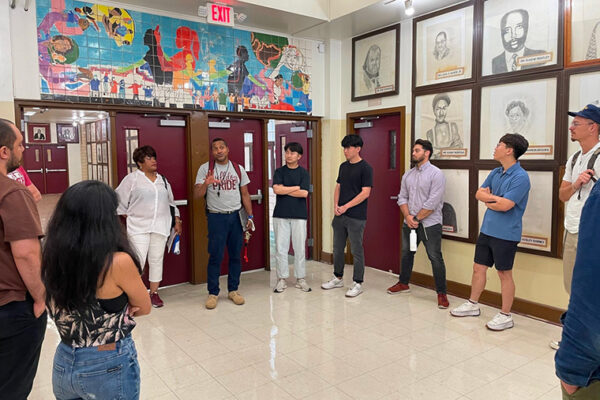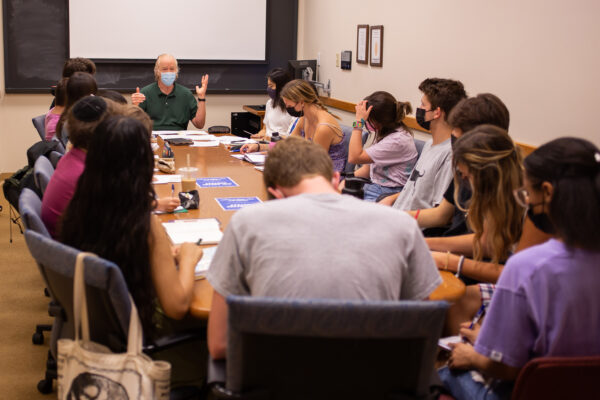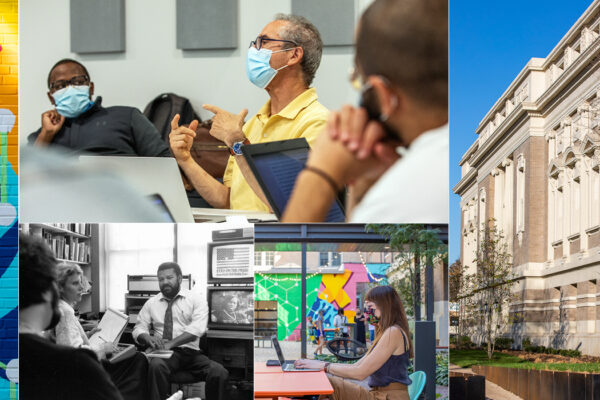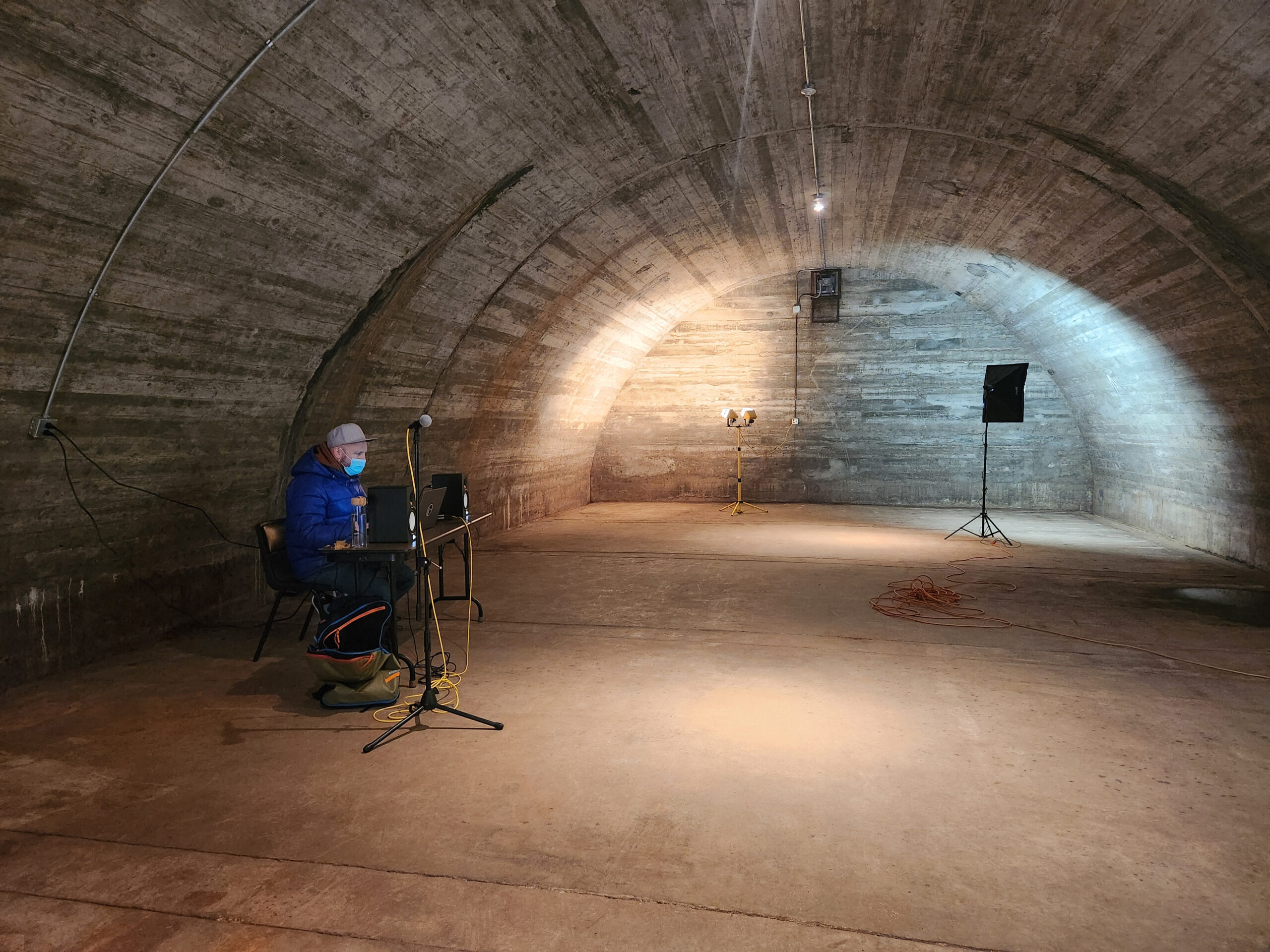
Listening is a fundamental human capacity. It also can be a skill, an artistic practice and even a political act.
So argues Anya Yermakova, an American Council of Learned Societies Emerging Voices Postdoctoral Fellow in the Center for the Humanities in Arts & Sciences at Washington University in St. Louis.
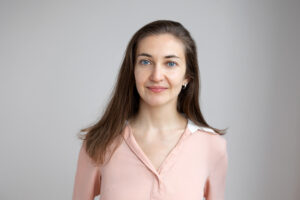
“Sound can permeate walls,” said Yermakova, a composer, dancer and sound artist as well as a historian and philosopher of logic. “Sighted humans tend to be visually dominant. Sound can go through and around the structures that people build to divide space.”
This spring, Yermakova is organizing a pair of performances, on April 14, and a two-day gathering, on April 26-27, at WashU’s Tyson Research Center. The events build on her scholarship, her creative work and her current seminar, “Topics in Embodied Communication: Listening.”
That course — which is cross-listed in performing arts, music, comparative literature and philosophy-neuroscience-psychology, all in Arts & Sciences — explores the nature of human and non-human auditory systems, as well as multimodal forms of listening (such as vibration), through a variety of theoretical perspectives.
“The final section reflects on the political possibilities of sound,” she explained. “How do we listen to that which is invisible?”
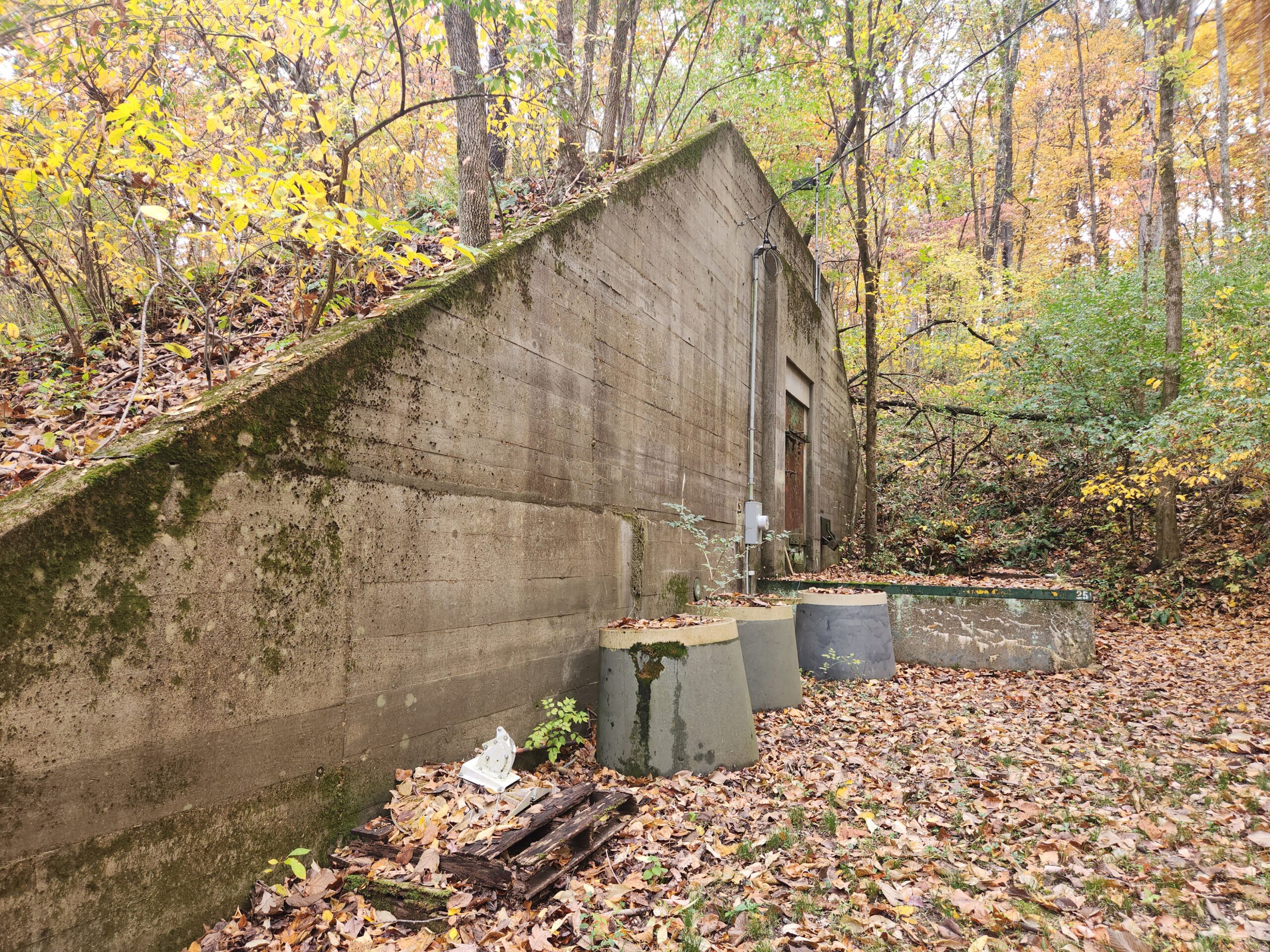
Creative connections
Tyson is a 2,000-acre environmental field station located a half-hour southwest of St. Louis. “It’s a beautiful and fascinating site that has a real precedent of accommodating artistic research,” Yermakova said. “A lot of people at WashU — across different fields and different departments — have creative connections to Tyson.”
All events will take place in an unused World War II-era storage facility. “The bunkers are really interesting,” Yermakova said. “They were constructed into the landscape, presumably so that they wouldn’t be visible from aerial view. A lot of them don’t have electricity. Converting one into a concert venue has certainly been a challenge!”
The performances, titled “Listening Into: Bunkers, Bodies, In-betweens,” will feature a largely improvised program with Yermakova on piano and providing foot percussion. Joining her will be visiting artists Florent Ghys on acoustic bass and electronics, Marina Kifferstein on violin, and Rajna Swaminathan on mridangam and kanjira. But the audience will also contribute.
“The bunkers are so resonant that simply stepping inside makes a sound,” Yermakova said. “Anyone who enters the bunker is co-creating the soundscape.”
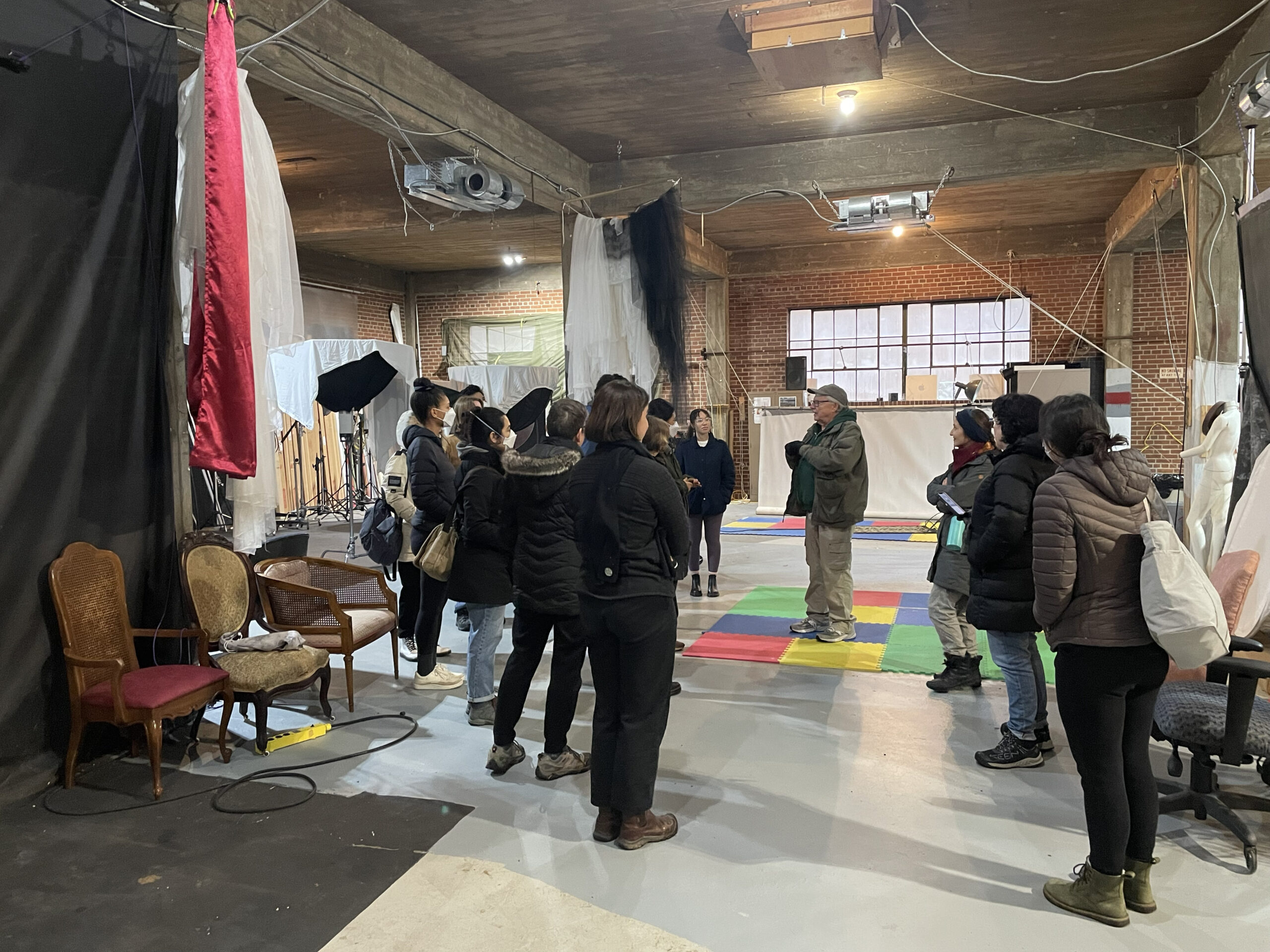
Artistic research
Both the performances and the gathering are part of the Center for the Humanities’ Redefining Doctoral Education in the Humanities, or “Ready,” initiative. Funded with support from the Mellon Foundation, this long-running series of grants, retreats, workshops and classes aims to support innovative, interdisciplinary graduate work and to encourage the next generation of humanities scholars and practitioners.
As part of “Artistic Research at Tyson,” more than a dozen graduate students, representing nearly as many Arts & Sciences departments and programs, will present works-in-progress based on their own critical and creative engagements with the Tyson site. Other participants will include Beirut-based artist Lawrence Abu Hamdan and Salomé Voegelin, professor of sound at the University of the Arts London. Themes will range from war, displacement and the power of erosion to land as an embodiment of memory and the entanglements of human and environmental forces.
“In the graduate community, there’s definitely interest in artistic research,” Yermakova said. “A lot of people are doing complementary work, but they may not know of one another, or they may still be looking, in some way, for a home. Does this count as research? Is this legible within the university?
“In a sense, Tyson seemed like a logical place to bring everyone together.”
Performances of “Listening Into: Bunkers, Bodies, In-betweens” will take place at 1 p.m. and 4:30 p.m. Sunday, April 14. In addition, a discussion with the artists will take place at 3 p.m.; audiences from both performances are invited to attend. “Artistic Research at Tyson” will take place from 10 a.m.-7 p.m. Friday, April 26; and from 10 a.m.-5 p.m. Sunday, April 27. For those unable to attend the full gathering, there will be a special “drop-in hour” from 1-2 p.m. Saturday, April 26.
All events are free and open to the public, but space is limited and RSVPs are required. Tyson Research Center is located about 20 miles from the Danforth Campus, just off Interstate 44. For more information, visit the individual event pages linked above.
